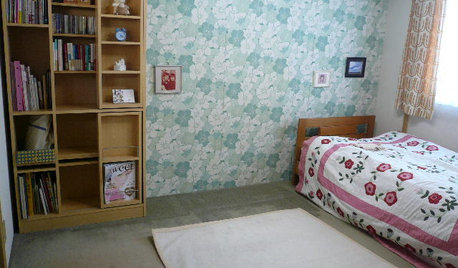Can someone educate me on Rosemary
MiMi
5 years ago
Featured Answer
Sort by:Oldest
Comments (14)
floral_uk z.8/9 SW UK
5 years agolast modified: 5 years agoCA Kate z9
5 years agoRelated Professionals
Canton Landscape Architects & Landscape Designers · Bellflower Landscape Architects & Landscape Designers · Brentwood Landscape Architects & Landscape Designers · Essex Landscape Architects & Landscape Designers · New Mexico Landscape Architects & Landscape Designers · Owings Mills Landscape Architects & Landscape Designers · Rossville Landscape Architects & Landscape Designers · Waunakee Landscape Architects & Landscape Designers · Clayton Landscape Contractors · Mason Landscape Contractors · Mastic Beach Landscape Contractors · Twin Falls Landscape Contractors · Wanaque Landscape Contractors · West Covina Landscape Contractors · Portage Roofing & Guttersgardengal48 (PNW Z8/9)
5 years agofloral_uk z.8/9 SW UK
5 years agolast modified: 5 years agoMiMi
5 years agofloral_uk z.8/9 SW UK
5 years agogardengal48 (PNW Z8/9)
5 years agofloral_uk z.8/9 SW UK
5 years agotapla (mid-Michigan, USDA z5b-6a)
5 years agolast modified: 5 years agofloral_uk z.8/9 SW UK
5 years agotapla (mid-Michigan, USDA z5b-6a)
5 years agolast modified: 5 years agofloral_uk z.8/9 SW UK
5 years agolast modified: 5 years agotapla (mid-Michigan, USDA z5b-6a)
5 years ago
Related Stories

MOST POPULAR9 Real Ways You Can Help After a House Fire
Suggestions from someone who lost her home to fire — and experienced the staggering generosity of community
Full Story
KITCHEN DESIGNThe Cure for Houzz Envy: Kitchen Touches Anyone Can Do
Take your kitchen up a notch even if it will never reach top-of-the-line, with these cheap and easy decorating ideas
Full Story
COFFEE WITH AN ARCHITECTMike Brady Lied to Me
Why "The Brady Bunch" is a terrible guide for the architectural profession
Full Story
BOOKSCan Tidying Up Result in Life-Changing Magic?
Organizing phenom Marie Kondo promises big results — if you embrace enormous changes and tough choices
Full Story
DECLUTTERING10 Decluttering Projects You Can Do in 15 Minutes or Less
Try these ideas to get organized at home one small step at a time
Full Story
SMALL HOMESCan You Live a Full Life in 220 Square Feet?
Adjusting mind-sets along with furniture may be the key to happiness for tiny-home dwellers
Full Story
LIFEThe Polite House: How Can I Kindly Get Party Guests to Use Coasters?
Here’s how to handle the age-old entertaining conundrum to protect your furniture — and friendships
Full Story
FEEL-GOOD HOMEThe Question That Can Make You Love Your Home More
Change your relationship with your house for the better by focusing on the answer to something designers often ask
Full Story
ENTRYWAYSSingle Design Moves That Can Transform an Entry
Take your foyer from merely fine to fabulous with one brilliant touch
Full Story
PETSWhat Chihuahuas Can Teach Us About Interior Design
Who knew these tiny dogs could be such a huge fount of design tips? Houzzers did
Full Story









gardengal48 (PNW Z8/9)